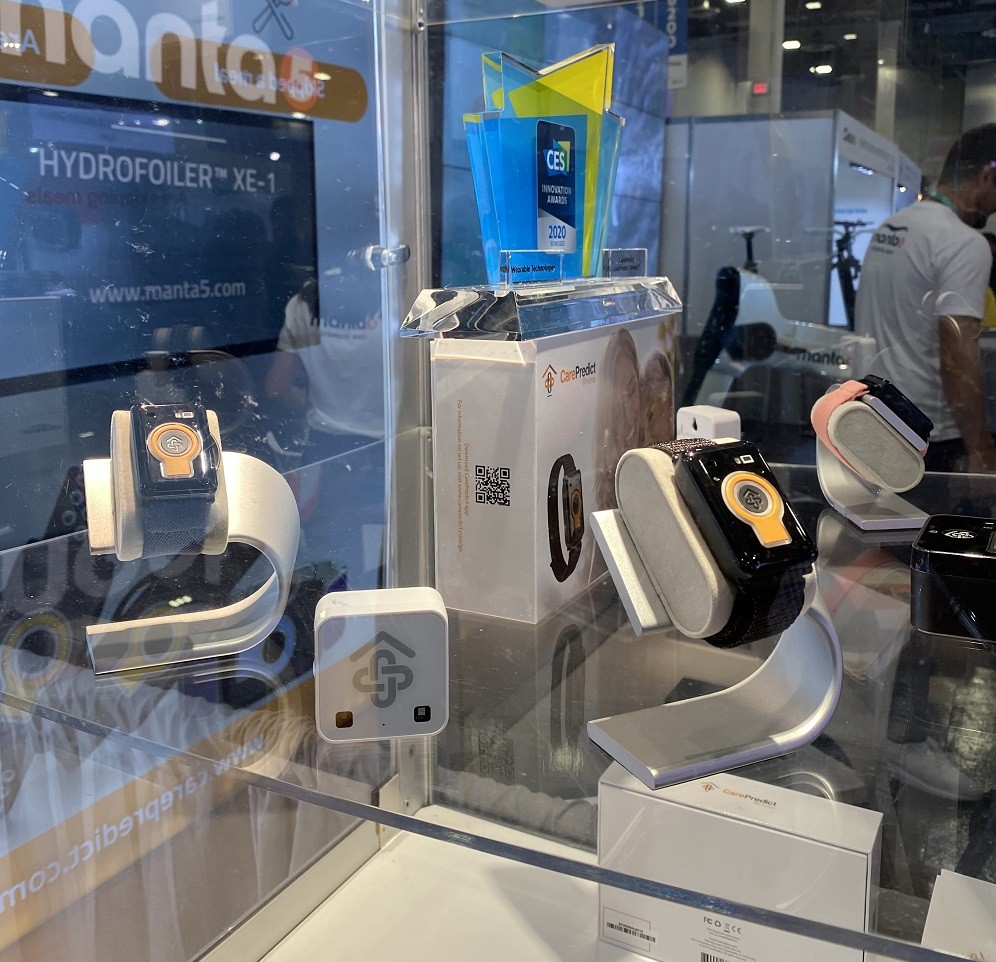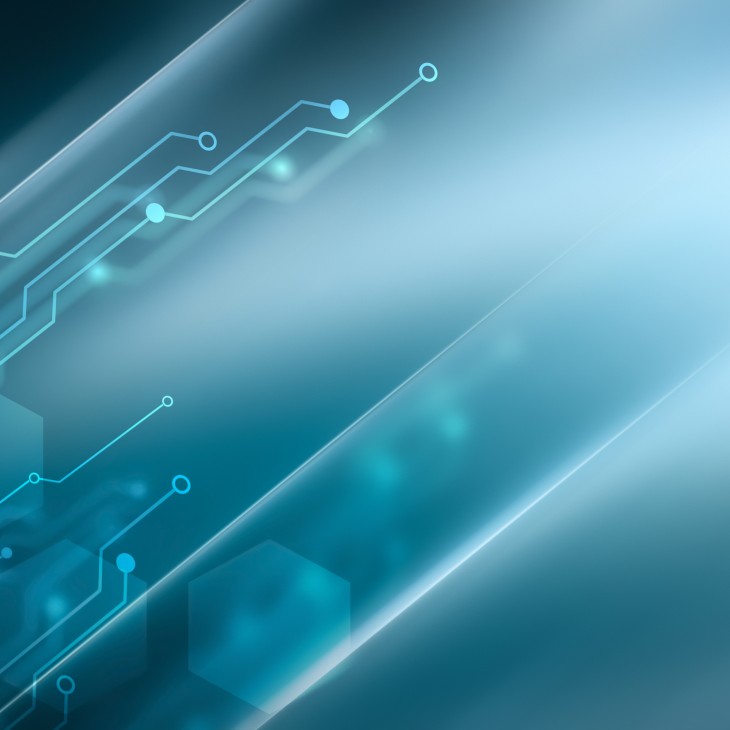By Josh Seidemann, VP of Policy, NTCA-The Rural Broadband Association
(Las Vegas) CES showcases innovative technology. Sometimes, that technology is an iterative improvement over a product that might have been developed and displayed previously. Other times, the product is less a lateral move than a 95-yard rush for a touchdown. Products of both types and in between were on display today, the first day of the open show floor at CES.
Some products took a few minutes to impress me. But, when their full import sunk in, I walked away with due admiration for the creativity that inspired them. Take, for example, a spiral notebook by Hamelin. Though the paper is certainly smooth and “crisp white” (the cover tells me so), the notebook itself is a fairly pedestrian number. So, what sets it apart? A small icon on the corner of each page that serves as a guide for users photographing notes with their phones. The associated app enables students to record, share and organize the virtual pages. I was initially unmoved by the presentation, not seeing a very big difference between this and any other cloud-based filing system. But, maybe that’s the point of some of what we see at CES – not to be ground-breaking, but rather ground-improving. I remember my habits as a student; this could have helped me.
We are far past the tipping point at which broadband-enabled apps are being incorporated into nearly every aspect of human existence.
In similar vein, CarePredict builds on the bevy of aging-in-place devices with a lightweight wearable that communicates with sensors placed around the house. In addition to measuring whether and for how long a senior may have moved about the house (later to the kitchen than usual? Not sleeping well?), the device can also track changes in movement, including self-care and feeding by analyzing hand movements associated with such things as combing one’s hair or raising a fork to one’s mouth. These data offer predictive assumptions that can be verified by family or physician – is decreased eating a sign of depression or difficulty cooking? The device is covered by Medicaid as qualifying personal device in at least two states, and more are on the horizon.
Both of these products illustrate the increasing presence of app-based and broadband-enabled technology into our lives. And, not in any earth-shattering ways but by methods and purposes that simply take technology and make life better, or more efficient, or safer or easier. Which, when you get down to it, is precisely what we want technology to do. No one invented the washing machine because we needed a white metal box in the basement; rather, the washing machine serves a noble purpose of saving time and making clothes cleaner.
And, perhaps that is one lesson from the first day of CES: we are far past the tipping point at which broadband-enabled apps are being incorporated into nearly every aspect of human existence. A late afternoon session yesterday explored anticipatory IoT – devices that read facial gestures and vocal inflections to predict and then act upon the predicted desire of the user. Imagine smart home systems that “understand” to turn off the lights, turn down the thermostat and set the alarm when you leave the house at 8:00 a.m., and to ready everything for your arrival home later that evening – all without touch a screen or other active engagement. Or devices that can tell the difference between a cough brought on by allergies, or one brought on by a virus – and then confirm the user’s preference to place an order with the local pharmacy.
An undercurrent of this progress, however, is implication of privacy and data security issues. We will explore those issues in greater detail in a subsequent post. Until then, off to another day of wonder.


